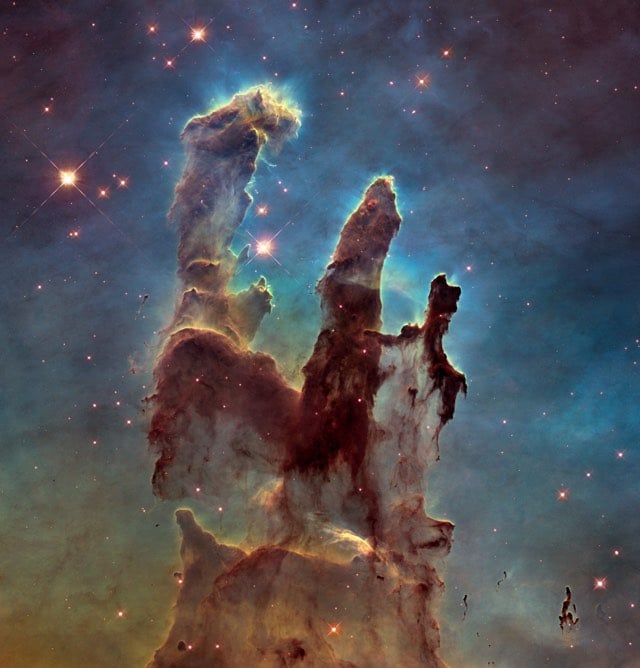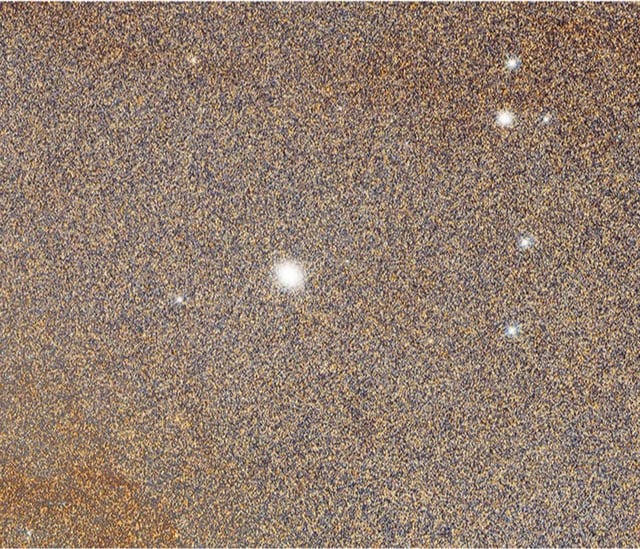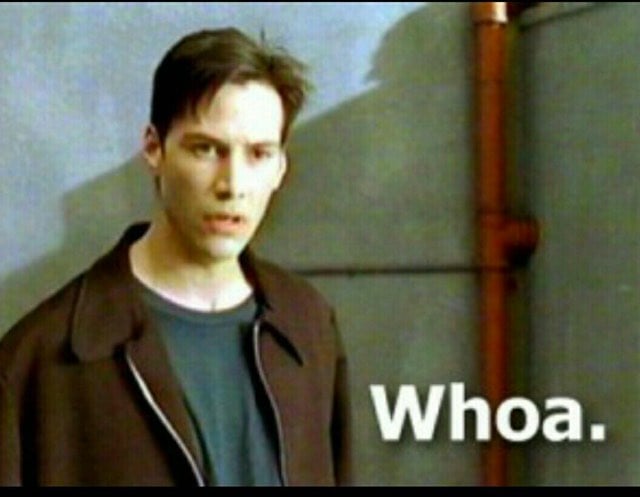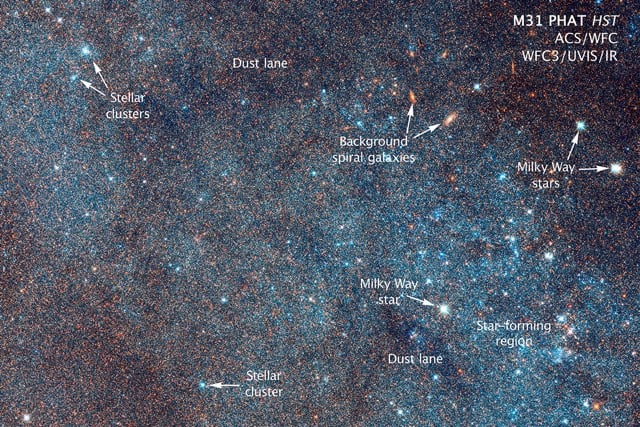Amazing Hubble images
The Hubble Space Telescope was launched 25 years ago, and to start the celebration, NASA has released a pair of images that actually did make this space nerd’s jaw drop. The first is an update of a classic: a much sharper photo of the so-called Pillars of Creation:

Although NASA’s Hubble Space Telescope has taken many breathtaking images of the universe, one snapshot stands out from the rest: the iconic view of the so-called “Pillars of Creation.” The jaw-dropping photo, taken in 1995, revealed never-before-seen details of three giant columns of cold gas bathed in the scorching ultraviolet light from a cluster of young, massive stars in a small region of the Eagle Nebula, or M16.
The second image isn’t so immediately amazing but is my favorite of the two. It’s a photo of half of the Andromeda galaxy, the big galaxy closest to our own in distance but also in rough size and shape. Here’s a very very scaled-down version of it:

The largest NASA Hubble Space Telescope image ever assembled, this sweeping view of a portion of the Andromeda galaxy (M31) is the sharpest large composite image ever taken of our galactic neighbor. Though the galaxy is over 2 million light-years away, the Hubble telescope is powerful enough to resolve individual stars in a 61,000-light-year-long section of the galaxy’s pancake-shaped disk. It’s like photographing a beach and resolving individual grains of sand. And, there are lots of stars in this sweeping view — over 100 million, with some of them in thousands of star clusters seen embedded in the disk.
The original image is 1500 megapixels (1.5 gigapixels!), which is so big that you’d need 600 HD televisions to display the whole thing. But if you take the biggest reasonable size available for download (100 megapixels) and zoom in on it, you get this:

That looks like JPEG compression noise, right? Nope, each one of those dots is a star…some of the 100 million individual stars that can be seen in the full image.

That’s right, Keanu. Whoa. For an even closer look, check out this annotated close-up released by NASA:

If you’re curious and feel like crashing your browser and/or Photoshop a bunch of times (I did not), the full-res Andromeda images are available here. And Phil Plait writes much more joyfully and knowledgeably about these images than I do…go take a look at his Pillars of Creation and Andromeda posts.
Update: Rob Griffiths took 50+ photos from the Hubble web site and made them into Retina iMac-sized wallpapers. (via @djacobs)





Stay Connected